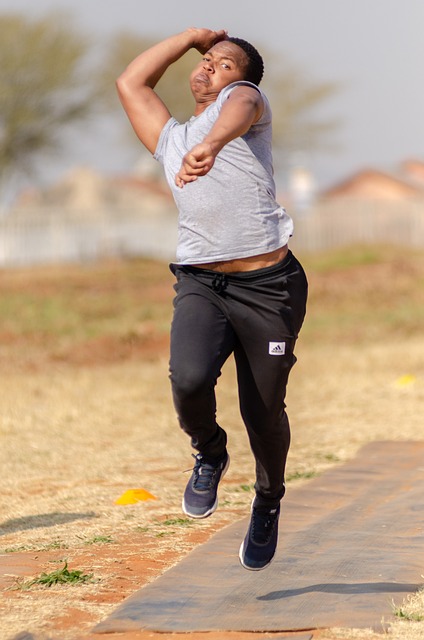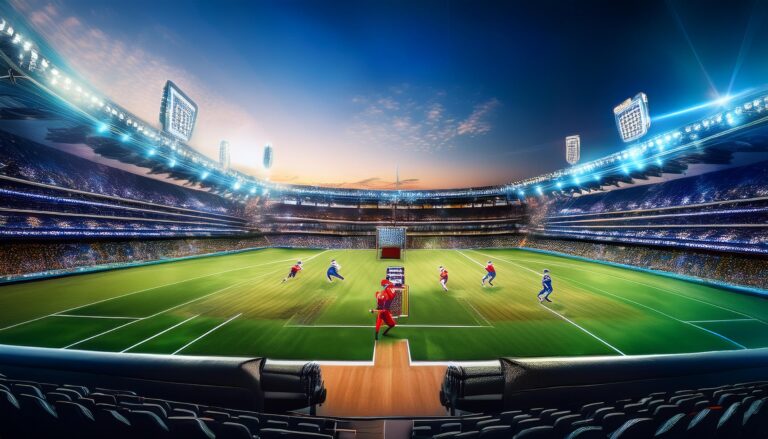Analyzing the Relationship Between Groundskeeping and Player Performance: Laserbook 247 com, Lotus299 id, 11xplay reddy login
laserbook 247 com, lotus299 id, 11xplay reddy login: Maintaining a high-quality playing surface is essential for the performance of athletes in any sport, and soccer is no exception. Groundskeeping, the profession responsible for the maintenance and care of athletic fields, plays a crucial role in ensuring players can perform at their best. In this article, we will explore the relationship between groundskeeping and player performance in soccer.
Groundskeeping and Player Performance:
1. Surface Quality:
The quality of the playing surface directly impacts player performance. A well-maintained field with optimal grass length, good drainage, and minimal bare spots can enhance player speed, agility, and overall gameplay.
2. Injury Prevention:
A poorly kept field increases the risk of player injuries. Uneven surfaces, divots, and loose turf can lead to slips, falls, and muscle strains. A well-maintained field helps prevent injuries and allows players to focus on their performance without worrying about their safety.
3. Ball Control:
The condition of the field affects ball control for players. A smooth, consistent surface allows for accurate passing and ball movement. Bumpy or patchy fields can disrupt the flow of the game and hinder players’ ability to execute their strategies effectively.
4. Player Confidence:
A well-maintained field boosts player confidence and morale. Knowing they are playing on a high-quality surface can give athletes the mental edge they need to perform at their best. Conversely, a poorly kept field can lead to frustration and distraction, affecting player focus and performance.
5. Weather Considerations:
Groundskeeping plays a vital role in managing field conditions during different weather conditions. Proper drainage systems, irrigation, and turf management practices are essential for maintaining a playable surface even in adverse weather conditions. This ensures that games can proceed as scheduled, and players can perform without interruptions.
6. Long-Term Impact:
Regular maintenance and care by groundskeepers can prolong the lifespan of the playing surface. A well-maintained field is more durable and resilient, reducing the need for expensive repairs or replacement. This not only benefits player performance in the short term but also ensures a high-quality playing surface for years to come.
FAQs:
1. How often should a soccer field be maintained?
Soccer fields should be maintained regularly, with tasks like mowing, aerating, fertilizing, and watering done according to a set schedule. The frequency of maintenance may vary depending on factors like weather conditions, field usage, and turf type.
2. What are some common groundskeeping practices for soccer fields?
Common groundskeeping practices for soccer fields include mowing, aerating, fertilizing, seeding, watering, and pest control. Regular inspections and repairs of goalposts, nets, and field markings are also essential for maintaining a safe and playable surface.
3. Can poor groundskeeping affect player performance?
Yes, poor groundskeeping can have a significant impact on player performance. Uneven surfaces, poor drainage, and overgrown grass can hinder player movement, ball control, and overall gameplay. Groundskeepers play a crucial role in ensuring that the playing surface is safe, consistent, and conducive to optimal performance.
In conclusion, groundskeeping is a vital aspect of maintaining a high-quality playing surface for soccer players. By prioritizing field maintenance and care, groundskeepers contribute to enhancing player performance, reducing injury risks, and creating an optimal environment for competitive gameplay. A well-kept field not only benefits athletes in the short term but also ensures the long-term sustainability and quality of the playing surface.







